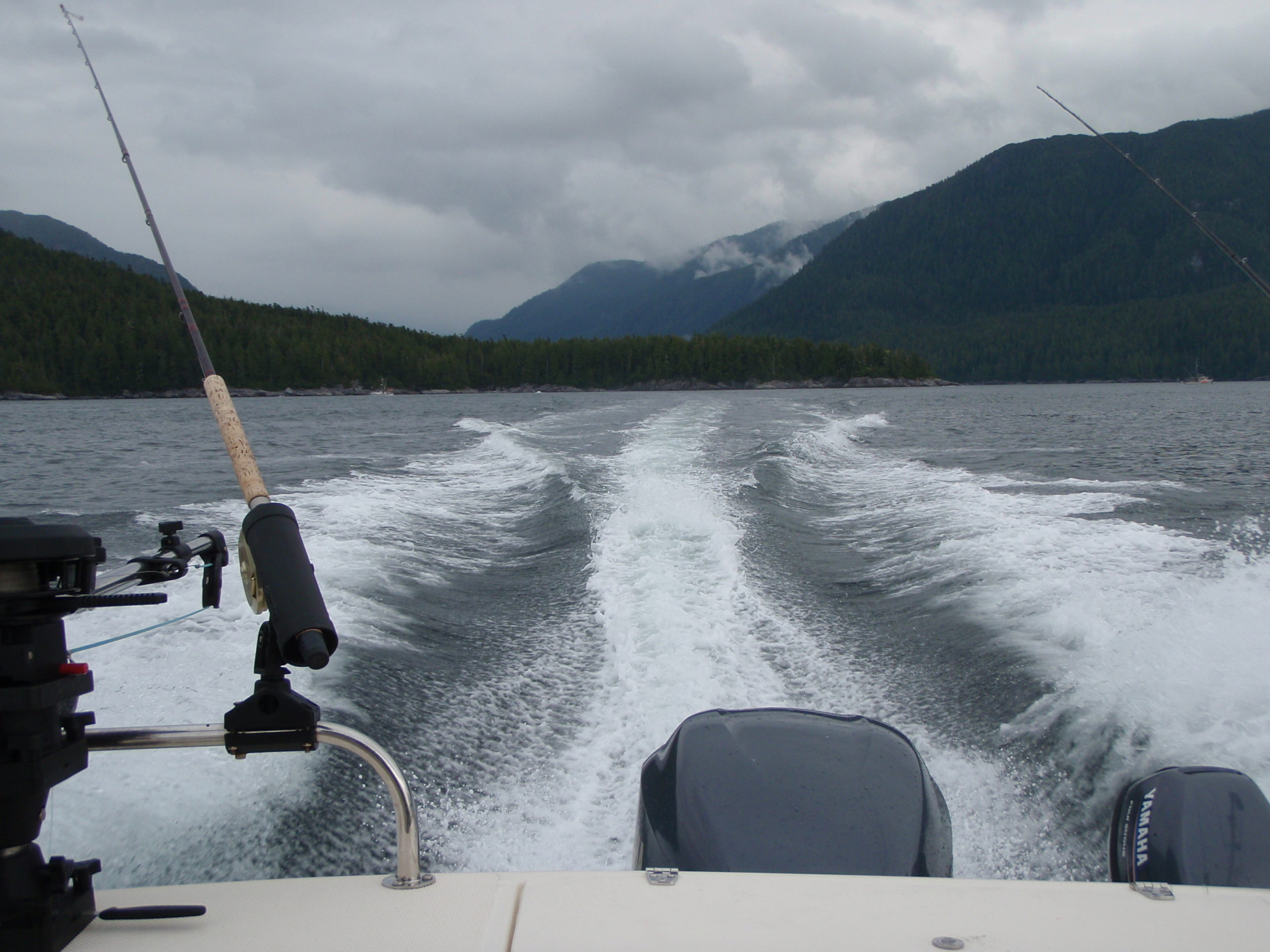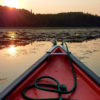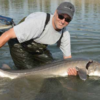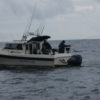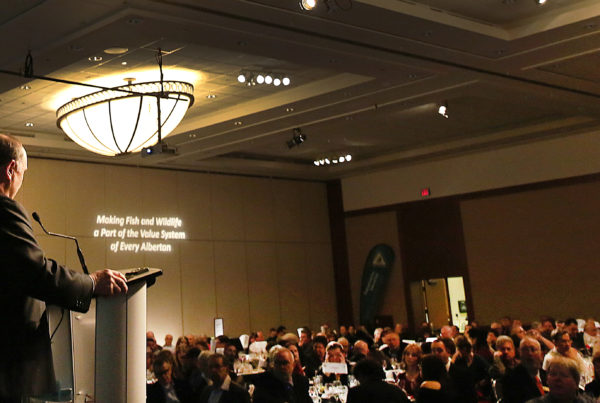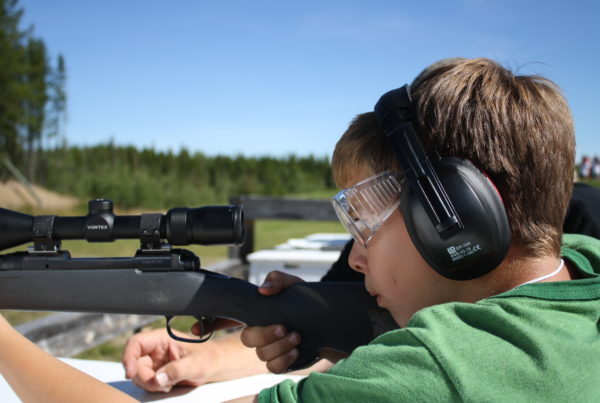With spring approaching our thoughts turn to things like open-water fun. Of course, pretty much every activity we undertake as outdoors enthusiasts involves some element of risk. One of the more enjoyable and higher risk activities in which we partake is boating. Whether it is angling, water skiing (including kneeboarding, etc) or simply touring, our time on the water is made much more enjoyable and safer by observing safety and legal requirements.
Since 2016, AHEIA has been providing Transport Canada accredited pleasure craft operator safety training. We are proud to report that since our course has been approved we have increased the annual number of in-class graduates in Alberta by over 500%. This is a testament to the dedication of our volunteer instructors in providing training for a safe and pleasurable outdoor experience in Alberta.
With this in mind, let’s look at some of the more important aspects of personal boating safety that you should keep in mind while on the water.
Life Jackets and Personal Flotation Devices (PFDs)
By far the most important safety consideration a boater can make is to wear a flotation device (life jacket or PFD) at all times when on the water. Although Canadian law does not require people to wear them, AHEIA strongly recommends that each person wear a properly fitted flotation device while on the water. Up to 97% of drowning victims are found to be not wearing a flotation device[1], so it only makes sense to wear one at all times when on or around water.
There are a few things to keep in mind when purchasing, wearing and/or storing flotation devices.
First off, let’s look at the differences between life jackets and PFDs.
Life Jackets
Life jackets, by design and definition, are meant to turn a person’s head out of the water whether conscious or unconscious. This becomes critical when the victim is injured or is weakened by hypothermia or any other factor. There are several types of life jackets, but the most common and most familiar are the keyhole type that most of us remember from our childhood (insert picture of keyhole-type lifejacket). These are also called “Standard Life Jackets” and come in two sizes – for people less than 40 kg (88 lbs) and for people over 40 kg.
Another type of life jacket, called a “Small Vessel Life Jacket”, can be either a key-hole or a vest style. These will not turn you on your back as quickly as a standard life jacket but are a bit more comfortable to wear. They come in three sizes – for people less than 18 kg (40 lbs), for people between 18 kg and 41 kg (40 lbs and 90 lbs) and for people over 41 kg (90 lbs). (insert picture of vest-style lifejacket – red, yellow or orange)
Life jackets come in only three colours – red, yellow or orange.
PFDs
Much more popular than life jackets, PFDs are typically worn by people enjoying more rigorous on-water activities such as water skiing, wakeboarding, etc., or canoeing/kayaking/stand-up paddleboarding. This is because PFDs are more comfortable to wear and come in any variety of styles and colours.
Be aware that even though these devices are more comfortable to wear, they will not turn you onto your back if you are not able to do so yourself. They typically are a solid vest-style jacket but can also be inflatable. Inflatable PFDs must have an unpunctured and working inflation cartridge and an oral-inflation tube for use as a back-up. (Insert picture of vest-style PFD in a variety of colours AND an inflatable-style PFD)
Regularly check your PFDs for signs of wear by checking straps and buckles and looking for rips and tears in the material. If it’s not up to standard for any reason, replace it. Repaired or modified PFDs are not approved for use.
Emergency equipment
As well as personal safety equipment discussed above, each vessel on the water must carry certain emergency equipment that may save the vessel occupants or others from distress in an emergency. The individual pieces of this equipment will vary according to the length and style of each vessel, but the following are basic pieces of equipment that you, as a responsible boater, must have on board:
1. Buoyant Heaving Line
2. Sound making device
3. Light emitting signaling device
4. Bailing device
These safety devices must be in working order (i.e.: batteries in the flashlight) and can often be purchased in a kit such as the ones available through AHEIA (insert picture of our boat safety kit) or other boating equipment suppliers.
Other pieces of equipment such as re-boarding devices, life buoys, anchors, flood and firefighting equipment are required by different sizes of vessels and are a critical (and legal) part of any responsible vessel owner’s on-board gear. The best way to be legal and safe on the water is to learn more about pleasure craft operation by taking a Transport Canada accredited pleasure craft operators’ course.
AHEIA offers pleasure craft operator safety training in-class and online. Find out more about this training by contacting us at 1-866-852-4342 or online at AHEIA.com. Our online Pleasure Craft Operator Training (PCOT) course can be found at albertaboatsafety.com.
- Lifesaving Society’s 2018 Canadian Drowning Report, Drowning Prevention Research Centre Canada, pg 10. ↑
